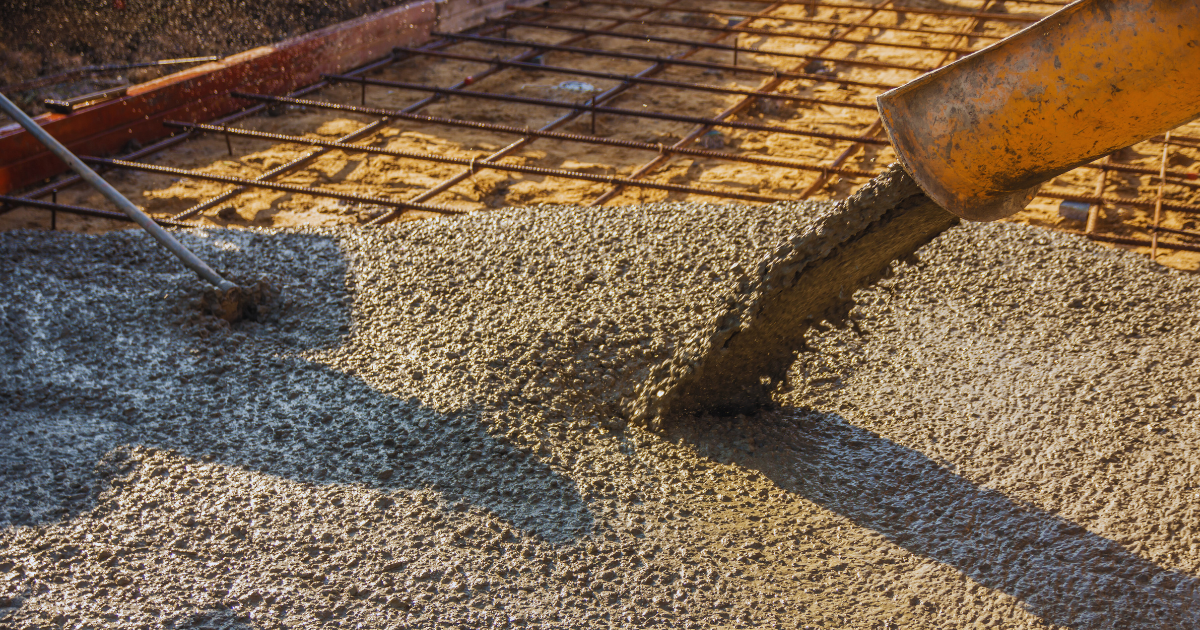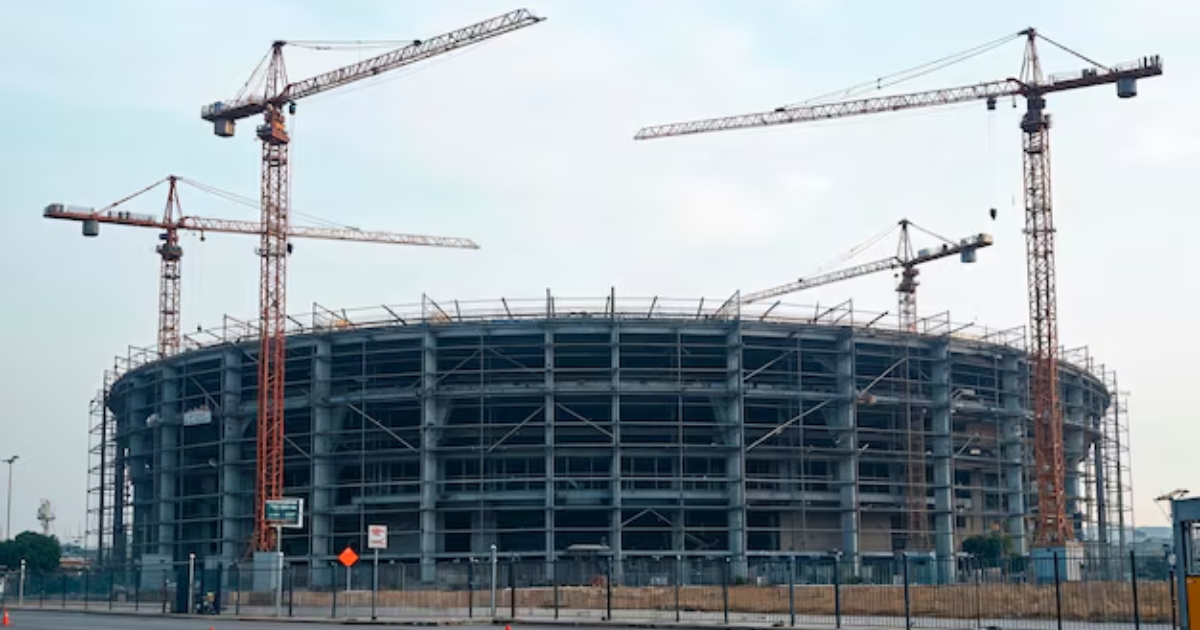Diaphragm walls, also known as slurry walls, are crucial elements in modern construction projects, providing essential structural support and stability in various soil and groundwater conditions. This comprehensive guide will delve into the key aspects of Guide for Diaphragm Wall, covering their definition, construction process, applications, advantages, and key considerations.
What is a Diaphragm Wall?
A Guide for Diaphragm Wall is a reinforced concrete wall constructed in-situ using a deep trench excavation method. It serves primarily to offer lateral support and groundwater cutoff in foundation engineering. The process involves excavating a narrow trench, which is stabilized using a slurry support fluid, typically bentonite-based. This prevents collapse during excavation. After excavation, steel reinforcement bars are inserted into the trench, followed by pouring concrete in stages to form the wall structure.
Key Components of a Guide for Diaphragm Wall:
- Excavation: A narrow trench is excavated to the desired depth and width.
- Slurry Support: Bentonite slurry maintains trench stability during excavation.
- Reinforcement: Steel cages or bars provide tensile strength.
- Concrete: High-quality concrete is poured to form the wall.
Construction Process of Guide for Diaphragm Wall
The construction of Guide for Diaphragm Wall involves systematic steps to ensure structural integrity and stability. Here’s a detailed overview of the typical process:
1. Planning and Design
- Site Investigation: Detailed geotechnical analysis for soil conditions and groundwater levels.
- Design: Engineering specifications for wall dimensions, reinforcement details, and construction methods.
2. Excavation
- Trench Excavation: Using specialized equipment to excavate a narrow trench to the required depth and alignment.
- Slurry Installation: Continuous circulation of bentonite slurry to support trench walls and maintain stability.
3. Reinforcement Installation
- Reinforcement Cage: Lowering steel reinforcement cages into the trench.
4. Concrete Pouring
- Concrete Placement: Pouring high-slump concrete into the trench from the bottom up using tremie pipes.
- Panel Length: Pouring concrete in sections (panels) of 2 to 4 meters to minimize stresses and control cracking.
5. Excavation and Slurry Removal
- Panel Completion: Beginning excavation for the next panel adjacent to completed panels.
- Slurry Removal: Displacing and recycling excess slurry for reuse.
6. Joint Preparation
- Panel Connection: Preparing dowels or key joints between adjacent panels for structural integrity.
7. Wall Completion
- Final Inspection: Inspecting completed sections for quality control and compliance.
- Backfilling: Backfilling behind the wall depends on site conditions and project requirements.
Applications of Guide for Diaphragm Wall
Guide for Diaphragm Wall finds various applications in construction due to its reliability and groundwater containment capabilities:
- Deep Basement Construction: Providing vertical excavation support and groundwater control.
- Underground Structures: Such as tunnels, shafts, and underground parking.
- Seawalls and Flood Defenses: Protecting coastal areas from water ingress.
- Retaining Walls: Supporting vertical or near-vertical grade changes.
- Bridge Abutments: Providing lateral support for bridge foundations.
Advantages of Guide for Diaphragm Wall
Guide for Diaphragm Wall offers advantages over other systems:
- Strength and Stability: Robust support for deep excavations and high lateral loads.
- Waterproofing: Effective barrier against groundwater infiltration.
- Minimal Footprint: Requires minimal space for construction operations.
- Longevity: Designed for durability with minimal maintenance.
- Environmental Benefits: Reduces groundwater contamination and disturbance.
Key Considerations in Guide for Diaphragm Wall Construction
Successful construction requires considering several factors:
- Geotechnical Conditions: Soil types, groundwater levels, and seismic considerations.
- Construction Equipment: Specialized trenching, slurry mixing, and concrete placement equipment.
- Quality Control: Concrete mix design, reinforcement placement, and slurry properties.
- Safety Measures: Robust safety protocols for deep excavation.
- Environmental Impact: Managing slurry disposal and minimizing site disturbance.
Conclusion
In conclusion, this Guide for Diaphragm wall provides a comprehensive overview of construction, applications, advantages, and considerations. It plays a crucial role in modern construction, ensuring structural integrity and groundwater control. Understanding the intricacies and best practices allows effective utilization in complex projects. As methodologies evolve, Guide for Diaphragm Wall continues as a forefront solution, ensuring resilient infrastructure for the future.







